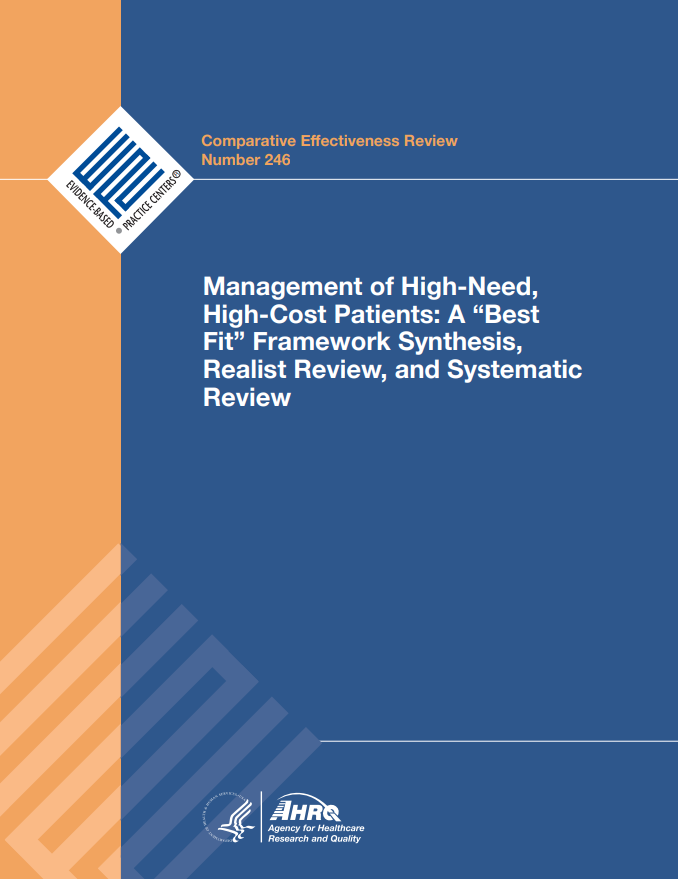Headline
Systematic review of programs to improve care for patients with complex needs details evidence base across multiple settings.
Context
Care management interventions for patients with complex needs have been implemented with a range of different populations and led by varying entities, including health systems, providers, and payers. This systematic review analyzed 110 studies focused on interventions for patients with a history of high health care utilization and/or costs, and summarized findings within different populations, settings, and outcomes.
Findings
When analyzing the overall effectiveness based on setting, models of care based in emergency departments (EDs) and primary care settings led to reduced utilization of care and reduced costs. Home-based care models also led to reduced utilization. This review also identified characteristics across these studies that predict whether patients will become “high-need, high-cost” and analyzed how the patient population for interventions is identified. In identifying patients to participate in interventions, the analysis points to the value of supplementing electronic patient data with individualized participant selection.
Takeaways
This systematic review can support stakeholders looking for a comprehensive analysis of programs that reduce cost and utilization serving patients with complex needs to support program design and refinements. Future research is needed to understand what makes complex care programs successful.

